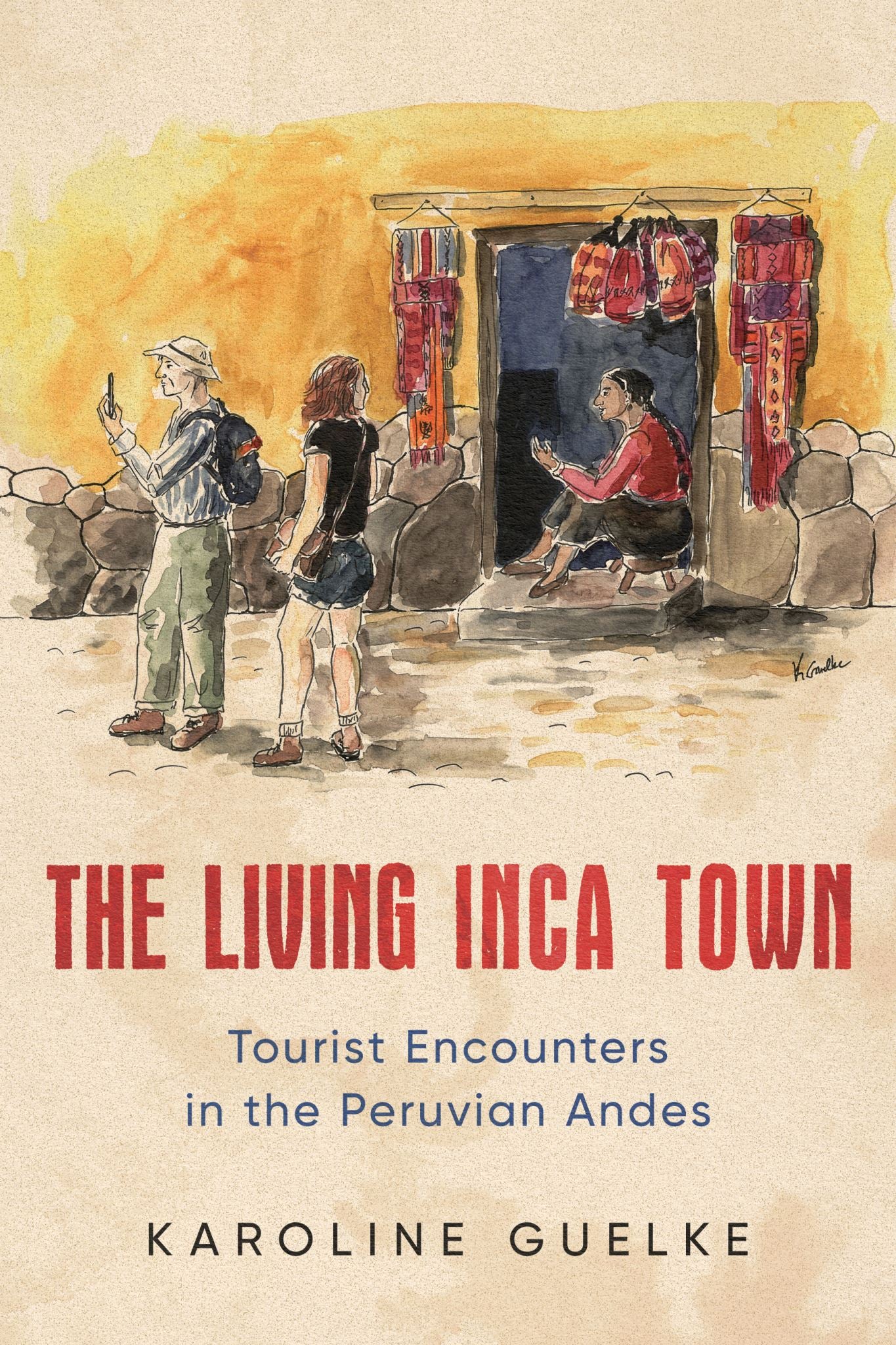Description
Discover the intricate dynamics of tourism in Ollantaytambo with 'The Living Inca Town', a compelling case study that dives deep into the cultural heartbeat of this vibrant destination nestled in the southern Peruvian Andes. As the gateway to the breathtaking Machu Picchu, Ollantaytambo is not only a popular trekking point but also a community where tourism has become vital to local livelihoods—especially for women-led businesses. This 2021 trade paperback published by the University of Toronto Press provides an in-depth analysis based on extensive research and interactions over fifteen years, revealing the multifaceted relationships between locals, visitors, and tourism agents.
Explore the rich narratives of community members and tourists, beautifully captured through innovative visual methods like photovoice images and skilled pen-and-ink drawings. 'The Living Inca Town' confronts the stark realities of material disparities that often lead to conflicts within tourist zones while showcasing the strength and resilience of the local culture. Whether you're a researcher, a student of social sciences, or an adventurous traveler looking to understand the socio-economic impacts of tourism, this book is a must-have addition to your collection. Join us in understanding how Ollantaytambo's tourism can perpetuate gendered and global inequalities while illuminating paths to challenge and redefine these relationships. This essential read paves the way for new conversations around sustainable tourism practices that benefit both visitors and the local community.
Explore the rich narratives of community members and tourists, beautifully captured through innovative visual methods like photovoice images and skilled pen-and-ink drawings. 'The Living Inca Town' confronts the stark realities of material disparities that often lead to conflicts within tourist zones while showcasing the strength and resilience of the local culture. Whether you're a researcher, a student of social sciences, or an adventurous traveler looking to understand the socio-economic impacts of tourism, this book is a must-have addition to your collection. Join us in understanding how Ollantaytambo's tourism can perpetuate gendered and global inequalities while illuminating paths to challenge and redefine these relationships. This essential read paves the way for new conversations around sustainable tourism practices that benefit both visitors and the local community.

